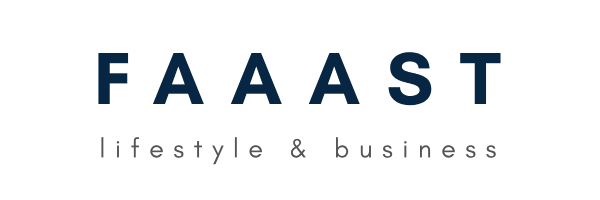Retirement Planning Essentials: Building a Secure Future
In today’s fast-paced world, it is easy to get caught up in the hustle and bustle of everyday life and keep postponing planning for something as distant as retirement. However, a secure future doesn’t just happen; it requires strategic preparation. Welcome to our latest post, “Retirement Planning Essentials: Building a Secure Future”. This guide offers you valuable insights into strategies that ensure your golden years are filled with comfort rather than financial worries.
Whether you’re new to the concept of retirement planning or someone looking to refine their existing plan, this post will serve as an all-encompassing roadmap towards achieving your retirement goals efficiently and effectively. We aim to empower you with practical knowledge about various investment options so that you can make informed decisions for lasting financial security. Start preparing now because when it comes to building a comfortable retired life – every day counts! Let us guide you through the Retirement Planning Essentials that will help you secure a brighter future.

Understanding the Basics of Retirement Planning
Retirement planning is a crucial aspect of securing a comfortable and stress-free future. To start, individuals must understand the basics of retirement planning. This includes setting clear retirement goals, estimating retirement expenses, and determining sources of retirement income.
It is essential to create a detailed budget that accounts for both essential living expenses and discretionary spending in retirement. Additionally, understanding the different retirement savings vehicles, such as 401(k) plans and Individual Retirement Accounts (IRAs), is key to building a robust retirement plan. By familiarizing oneself with these fundamental concepts and diligently saving and investing for retirement, individuals can work towards achieving financial security and peace of mind in their later years.
Importance of Starting Early
The importance of starting early when it comes to retirement planning cannot be overstated. By beginning your savings and investment journey as soon as possible, you give yourself the gift of time time for your money to grow through compound interest and time to weather the ups and downs of the market.
Starting early allows you to take advantage of the power of compounding, where your earnings generate even more earnings over time. Even small amounts saved consistently can add up significantly over the years. By beginning to save for retirement in your 20s or 30s, you can potentially accumulate a substantial nest egg by the time you are ready to retire.
Moreover, starting early provides you with more flexibility and options down the road. You may have the opportunity to invest in higher-risk, higher-return assets when you are young and have a longer time horizon to recover from any potential losses. Additionally, starting early allows you to set realistic goals and make adjustments along the way as needed. It also reduces the stress and pressure of having to catch up on savings later in life. Building a secure retirement future requires thoughtful planning and discipline, and starting early is a crucial step in ensuring that you have the financial resources necessary to enjoy a comfortable and worry-free retirement
Different Types of Retirement Savings Accounts
When it comes to saving for retirement, there are several types of accounts to consider. One of the most popular options is the employer-sponsored 401(k) plan, where employees can contribute a portion of their pre-tax income towards retirement savings. Employers often match a percentage of the contributions, making this a valuable way to grow your savings over time. Another common option is the Individual Retirement Account (IRA), which allows individuals to save for retirement on their own.
Traditional IRAs offer tax deductions on contributions, while Roth IRAs provide tax-free withdrawals in retirement. Both have contribution limits and eligibility requirements that vary based on income levels. For self-employed individuals or small business owners, a Simplified Employee Pension (SEP) IRA or a Solo 401(k) can be excellent retirement savings vehicles.
These plans allow for higher contribution limits compared to traditional IRAs and offer tax benefits for self-employed individuals. Another option to consider is the Health Savings Account (HSA), which can also serve as a retirement savings tool. HSAs offer triple-tax advantages: contributions are tax-deductible, earnings grow tax-free, and withdrawals for qualified medical expenses are tax-free.
Regardless of the type of retirement savings account chosen, it’s important to start saving early and consistently to achieve financial security in retirement. By understanding the various account options available and maximizing contributions within IRS limits, individuals can build a robust nest egg for their future needs. Consulting with a financial advisor can also provide personalized guidance on choosing the right retirement accounts based on individual goals and circumstances.
Balancing Risk and Reward in Your Investment
Portfolio
When it comes to Retirement Planning Essentials, one of the key considerations is finding the right balance between risk and reward in your investment portfolio. While high-risk investments can offer the potential for greater returns, they also come with the risk of significant losses.
On the other hand, low-risk investments may provide more stability but lower returns. The key is to find a mix of investments that align with your risk tolerance and financial goals. Diversifying your portfolio across different asset classes can help spread risk and increase the potential for long-term growth. It’s important to regularly review and adjust your portfolio to ensure it continues to meet your retirement objectives. By incorporating these strategies into your Retirement Planning Essentials, you can feel more confident about securing your financial future.
How to Make the Most out of Social Security Benefits
To make the most out of your Social Security benefits, it is important to understand how the system works and to strategize accordingly. First, consider delaying your benefits if possible, as this can result in a higher monthly payment. Additionally, ensure that you have worked the required amount of time to qualify for benefits, and check your earnings record for accuracy.
Understanding the various claiming options available, such as spousal benefits or survivor benefits, can also help maximize your overall benefits. Finally, consider consulting with a financial advisor who specializes in retirement planning to create a comprehensive strategy that aligns with your financial goals and circumstances. By taking these steps, you can build a more secure future and make the most of your Social Security benefits.









